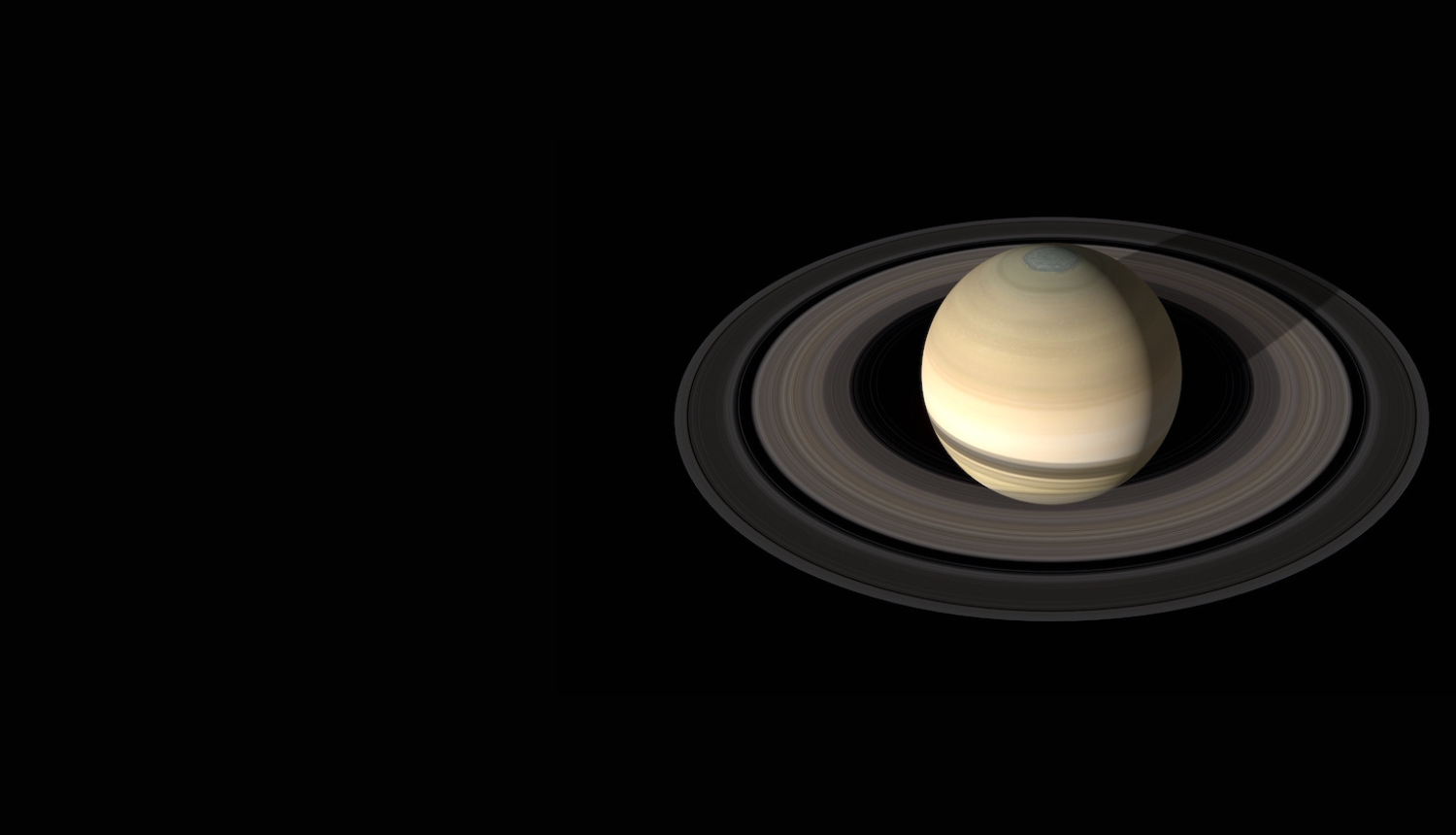The Latvian-based technology start-up "Nanocraft" models the target spacecraft comet of the European Space Agency's "Comet Interceptor", its activity and possible flight scenarios. Such a mission with an unknown target comet is being developed for the first time.
In this project the startup commits to provide the Comet Interceptor camera commands OPIC, MIRMIS and EnVisS with synthetic photo-realistic images depicting various comet flybys and potential comet activity. "Comet Interceptor" is planned to be launched into space in 2029.
"Since the mission's target comet is not yet known, as it comes from the Epic-Orth cloud thousands of times farther than the Earth from the Sun, with synthetic images we help to develop and test the camera and on-board algorithms," explains Andris Slavinskis, co-founder of "Nanocraft".
Nanocraft has also begun work on an N-Space mission design tool that would be able to model space and near-Earth scenes in real time.
“We're seeing that cameras have become the primary navigation solution for both drones and unmanned aerial vehicles, and the same is happening in space technology. With N-Space, we want to develop an easy-to-use professional software tool that supports the new generation of technology. We see that cameras play a big role in decision-making and their developers actively use synthetic images to teach algorithms," explains A. Slavinskis.
Previous experience in use The founders of the start-up company Andris Slavinskis, Inese Lībiete and Uldis Locāns are young computer researchers with experience in the development of technologies for space and Earth applications. They want to conquer the field of space modeling with modern three-dimensional photorealistic technologies, which have already been evaluated by the European Space Agency and cooperation partners in Finland and Estonia.
The idea of founding "Nanocraft" came to them at the beginning of 2023, because the team has 10 years of experience in technology development and research, as well as the desire to apply their abilities to space solutions. A. Slavinskis has worked in the "Comet Interceptor" mission at Aalto University in Finland and Tartu University in Estonia. Among his friends, he approached the co-founders I. Libietis and U. Locans, who have extensive experience in research and the private sector.
I. Libiete worked at the Ventspils International Radio Astronomy Center during her master's studies, and after her studies she gained extensive management, information technology project and product development experience in various private companies. Currently, she works in the "Comet Interceptor" OPIC team of the University of Tartu. U. Locāns received a doctorate degree from the University of Latvia for his work at the Paul Scherer Institute in Switzerland and later gained experience at both Intel and Microsoft, where he still works. After obtaining a PhD in physics from the University of Tartu, A. Slavinskis has worked at the NASA Ames Research Center in California, where he developed the capabilities needed by the "Nanocraft" company in the field of space mission design.
Cooperates with Ventspils University of Applied Sciences
In order to start cooperation with the European Space Agency, "Nanocraft" participated in the call of the 2023 national program of Latvia, which called for the development of new sectors of space technology in Latvia.
Ventspils University of Applied Sciences and Ventspils International Radio Astronomy Center are involved in the implementation of the European Space Agency project, which are responsible for the modeling comet activities, including the modeling of both the comet's atmosphere and the comet's tail. Ventspils International Radio Astronomy Center researcher Karina Šķirmante has previously modeled the activity of comets in the radio frequency band in order to assess the possibility of observing comets with Irbene radio telescopes. The experience of the center's team in high-performance computing and data processing provides an opportunity to optimize the developed model on the high-performance clusters of the Ventspils International Radio Astronomy Center. The new project gives the center's team the opportunity to expand their experience and join the Comet Interceptor team of researchers and engineers, thus opening up new opportunities for collaboration. The involvement of Ventspils University of Applied Sciences is not a coincidence, because it was there that A. Slavinskis, I. Lībiete and U. Locāns obtained bachelor's and master's degrees in computer science.
Photo: "Nanocraft”, Mario F. Palos
